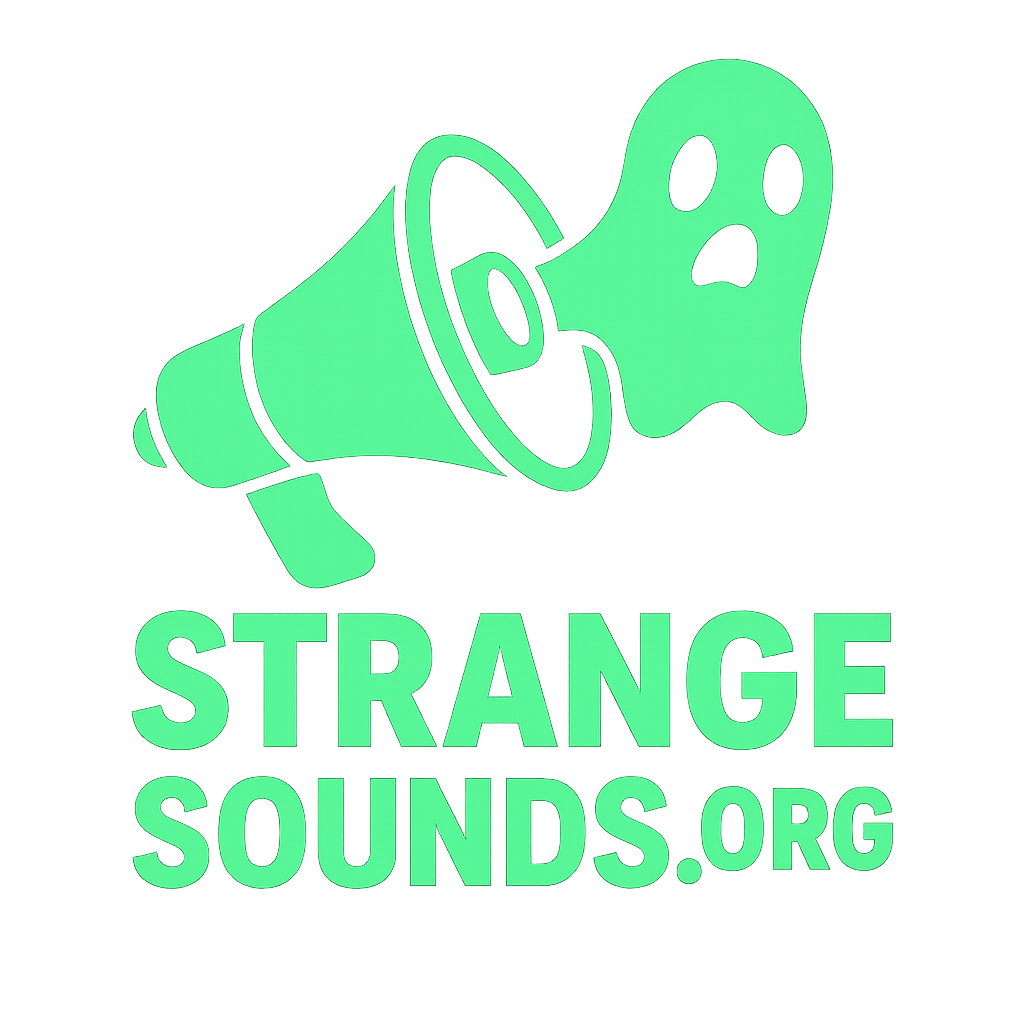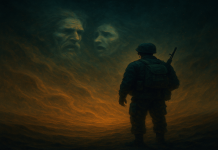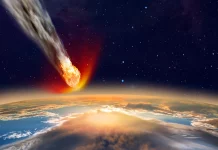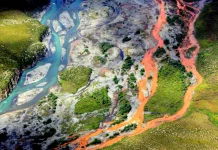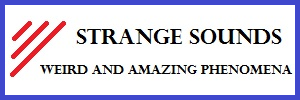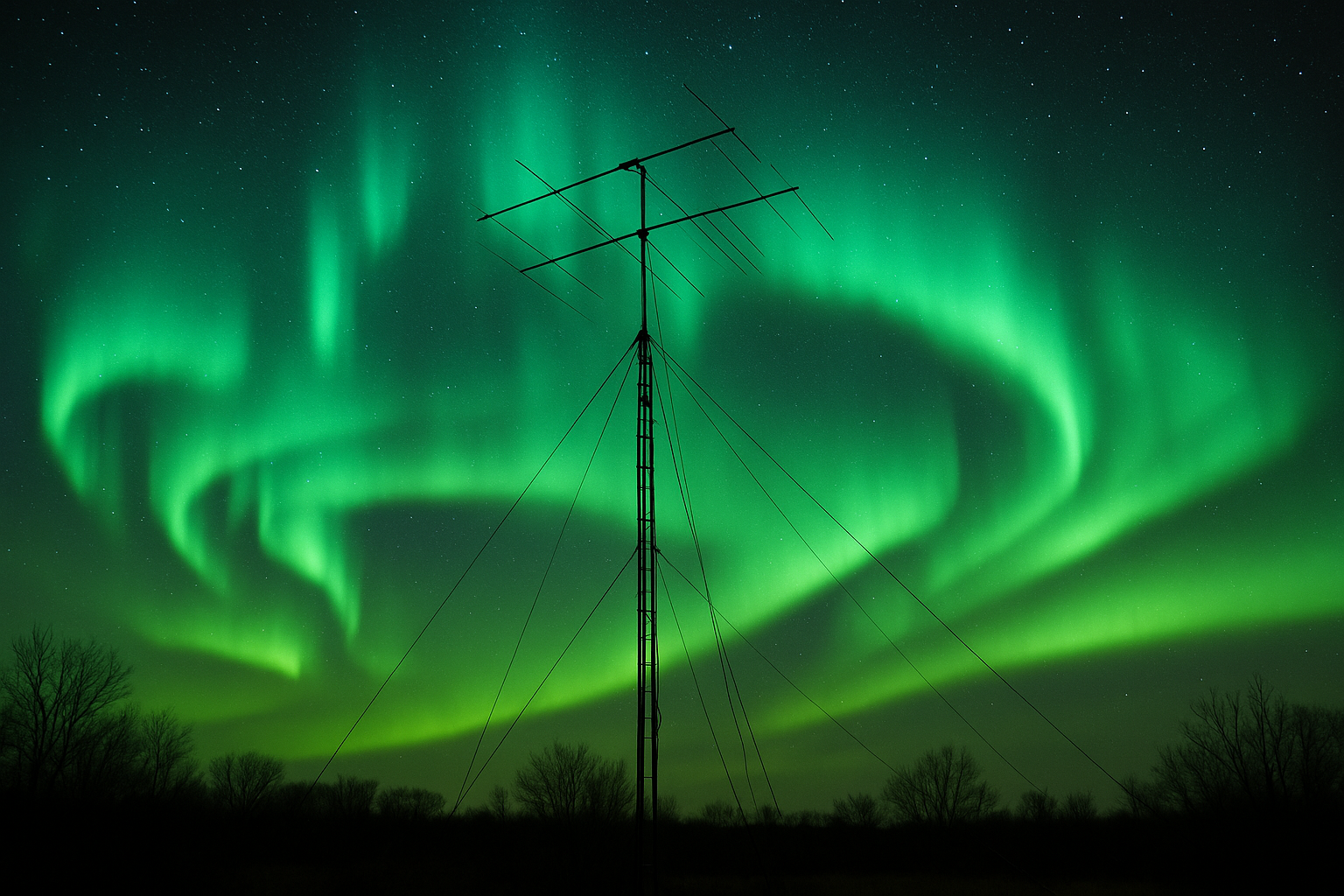
To most people, time is just what their phone says it is. To ham radio operators, time has a sound — the steady, metronomic tick of WWV, the US atomic time station in Fort Collins, Colorado.
For more than a century that sound has been comfortingly boring. It almost never changes.
On Nov. 12, 2025, it changed.
🎧 The Night Atomic Time Started Warbling
Mike Backus (KB9ZDD) was in his backyard in Davis, Illinois, staring up at bright auroras rippling overhead — a sure sign that a severe geomagnetic storm was in progress.
“After standing outside staring in awe at the auroras, I decided to go back inside the house and see what the storm was doing to the bands,” he explains.
Backus tuned his radio to WWV on 10 MHz, expecting the usual rock-steady time signal. Instead, the broadcast sounded like it had been dragged underwater and fed through a haunted tape deck.
Warbling. Heterodynes. Fluttering pitch. Ghost tones sliding in and out of the carrier.
He hit record.
🌎 Two Time Stations at Once: Fort Collins Meets Hawaii
Things got even stranger when Backus realized he wasn’t just hearing Colorado.
“In addition to the transmission from Fort Collins, I also picked up an overlapping signal from the WWH station in Hawaii,” he says. “I generally struggle to receive Hawaii from my location. Radio propagation conditions were just haywire.”
Two atomic time stations, thousands of kilometers apart, fading, beating and interfering with each other right inside his headphones. WWV’s normally immaculate tick became a shimmering interference pattern, like two clocks arguing across a storm-torn ionosphere.
Discover the mysterious Chorus from the Auroras.
☢️ What Solar Storms Do to the Ionosphere (and Your Ears)
During a strong geomagnetic storm, charged particles from the Sun slam into Earth’s magnetic field, pumping energy into the upper atmosphere. The result?
- Auroras light up the sky
- The ionosphere becomes turbulent and bubbly
- Electron density changes rapidly and chaotically
Shortwave signals like WWV have to bounce off this charged layer to reach distant listeners. When the ionosphere is in turmoil, the radio path isn’t a smooth mirror — it’s a broken funhouse of bending, scattering, and multipath echoes.
That’s when you hear:
- Warbling tones as the signal Doppler-shifts with moving ionospheric “bubbles”
- Flutter and fading as multiple paths interfere
- Wavering pitch and “underwater” effects as the carrier bends and slides
The same storm-driven fluctuations that turned WWV into strange sound art can also mess with GPS, especially in high-precision applications. GPS-guided farm equipment, for example, may wander off track or “go crazy” when the ionosphere is this disturbed.
📡 When Atomic Time Comes Back From the Dead
About twelve hours later, the storm calmed down. The auroras faded. The ionosphere relaxed.
Backus tuned back to WWV and hit record again. And just like that, the weirdness was gone. The metronome tick returned to its usual, almost hypnotic stability.
From haunted to perfect in half a day.
For ham radio operators, events like this are a reminder that space weather is not abstract. It’s audible. It’s local. It turns invisible solar storms into something you can literally hear in your headphones.
Most days, WWV sounds like order. During a geomagnetic storm, it sounds like the Sun reaching down to poke the ionosphere with a stick.
Discover the strange sounds from meteor fireballs.
FAQ — Solar Storms, WWV & Warbling Time Signals
What is WWV and why do ham radio operators listen to it?
WWV is a US government time and frequency standard station that broadcasts highly accurate atomic time signals on multiple shortwave frequencies. Ham radio operators use WWV to check propagation conditions, verify frequency accuracy, and monitor how space weather is affecting the ionosphere, because any disturbance shows up clearly on its normally stable signal.
Why did WWV sound warbly and distorted during the geomagnetic storm?
During a geomagnetic storm, charged particles from the Sun disturb Earth’s ionosphere, creating rapid changes in electron density. Shortwave signals like WWV that reflect from this layer can refract, scatter and arrive via multiple paths, producing flutter, warbling tones, heterodynes, and an “underwater” sound as the apparent pitch and amplitude fluctuate.
How could signals from Hawaii interfere with the WWV broadcast from Colorado?
The storm opened unusual propagation paths, allowing transmissions from a time signal station in Hawaii to reach Illinois at the same time as WWV in Colorado. When both carriers were received on similar frequencies, they produced overlapping audio and beat frequencies, making the normally clean tone sound complex and distorted.
Can solar storms also affect GPS and other modern systems?
Yes. The same ionospheric turbulence that distorts shortwave radio can degrade GPS signals, especially for high-precision receivers used in aviation, surveying, and agriculture. In intense storms, rapid fluctuations in electron density can cause GPS-guided equipment to show errors or behave unpredictably.
Did WWV return to normal after the storm subsided?
Once the geomagnetic storm weakened and the ionosphere stabilized again, the WWV signal quickly returned to its usual stable, metronomic tone. The warbling and distortion were confined to the period of strongest geomagnetic activity.

